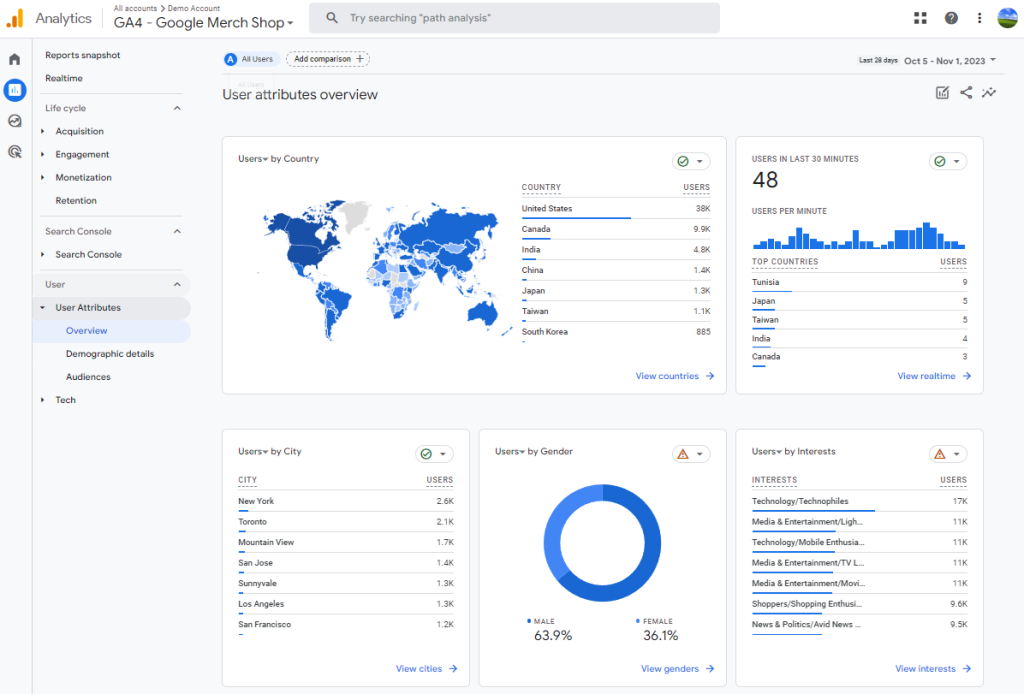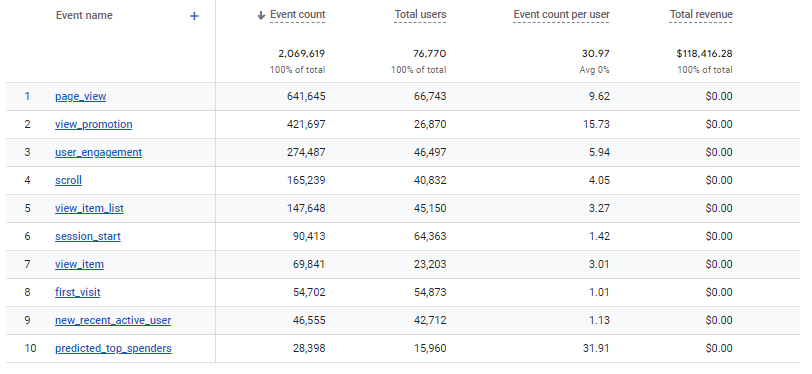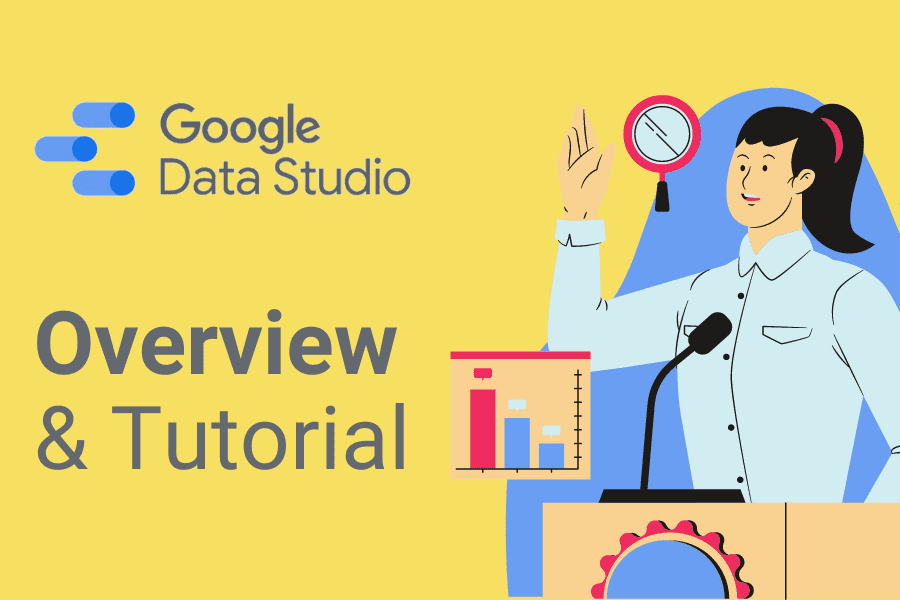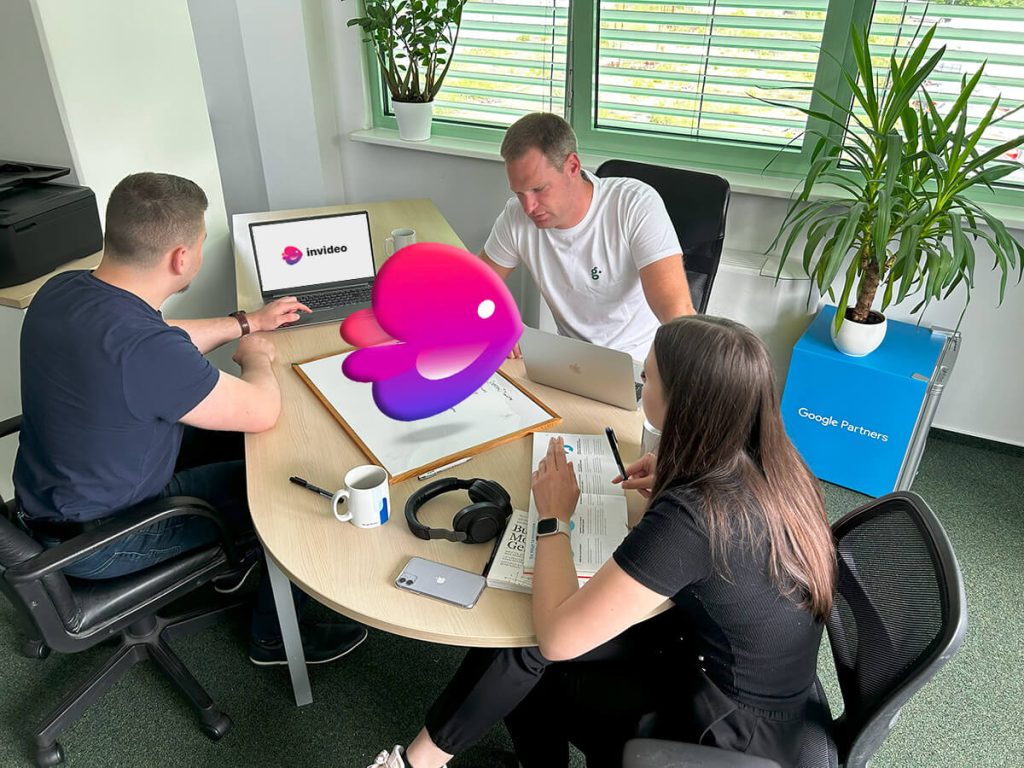When Google Analytics 4 (GA4) was introduced, it sparked a lot of excitement in the world of digital marketing and analytics. It was more than just an update to the existing analytics tool, GA4 was presented as a complete transformation, promising advanced features like smarter machine learning, a focus on user-centric data, and better integration with other tools.
This was Google’s way of adapting to the changing digital environment, aiming to offer businesses and analysts a more powerful and future-ready analytics platform.
The tool promised deeper insights into how users interact with websites and apps, more accurate data collection, and an easier-to-use interface. But with such high expectations, it’s important to ask: did GA4 really deliver on all its promises?
Our goal is to give you a clear picture of where GA4 stands now. Is it the groundbreaking tool it was expected to be, or has it not quite lived up to the hype?
If you’re finding GA4 a bit tricky to handle, don’t worry – we’ve got your back. We’ve been working with GA4 since it first came out.
We know all the ins and outs and can help you get the most out of it. For expert assistance with GA4, just reach out to us at Goodish Agency – Google Analytics 4 Experts. Let’s make GA4 work for you!
The Promises of GA4
Google Analytics 4 (GA4) came onto the scene not just as an update but as a complete overhaul of what we knew about digital analytics. It brought with it a lot of new features and improvements, each designed to make the life of a digital marketer or analyst easier and more insightful. Let’s break down these promises to understand what GA4 was expected to bring to the table.
Advanced Machine Learning
One of the standout features of GA4 was its advanced machine learning technology. This was a core part of GA4’s appeal. The idea was that the tool could automatically uncover trends and insights from your data that you might not even know to look for. For businesses, this meant potentially discovering new customer segments or behaviors without having to dig through mountains of data manually.

User-Centric Data Model
Another key promise was its shift to a user-centric data model. Unlike its predecessor, which focused more on sessions (or visits to a site), GA4 had the goal to track the entire customer journey. This approach was designed to give businesses a clearer picture of how users interacted with their website or app over time, not just in isolated sessions.
Improved Integration
It also promised better integration with other tools, especially Google’s own advertising platforms. The goal here was to make it easier for businesses to use the insights from GA4 directly in their marketing campaigns. This integration was expected to help in creating more targeted, effective advertising strategies based on real user data.
Deeper Insights and More Accurate Data
At the heart of GA4’s promises was the ability to provide deeper insights into user behavior and more accurate data collection. This meant not just tracking the basics like page views or clicks but really understanding how users were interacting with your site or app. Were they engaging with the content? What paths were they taking?
User-Friendly Interface
Finally, GA4 promised a more user-friendly interface. This was a big deal because analytics tools can often be overwhelming, especially for those who aren’t data experts. A simpler, more intuitive interface would mean that more people could effectively use GA4, making it more accessible to everyone in a business.

GA4 in Reality – Hits and Misses
When it comes to the real-world application of Google Analytics 4 (GA4), the experiences of users have been a mix of successes and challenges. Let’s take a look at what has worked well with GA4 and where users had problems.
Hits
Cross-Platform Tracking: One of the most applauded features is its ability to track user activity across different platforms and devices.
This means if someone visits your website on their phone and then later on their laptop, GA4 can recognize that it’s the same person. This is a big win for businesses as it gives a more complete picture of how users interact with their brand across multiple touchpoints.
Flexible Event Analytics: GA4 has introduced a more flexible way of tracking events. That means an event can be anything from a user clicking a button to making a purchase.
Setting up and customizing these events has become more straightforward and doesn’t always require technical or coding skills. This flexibility allows businesses to customize their tracking to their specific needs, capturing the data that’s most relevant to them.



Misses
Complexity: One of the biggest hurdles users have faced with GA4 is its complexity. Despite the promise of a user-friendly interface, many have found it to be less intuitive and more complicated than expected.
This complexity can be a barrier, especially for those who are not data experts, making it harder for them to get the insights they need.
Data Migration: For businesses that have been using Google’s previous analytics tools, moving to GA4 has not been a smooth transition. One of the main issues is the difficulty in transferring historical data from the old system to the new one.
This gap means losing access to valuable past data, which can be crucial for understanding long-term trends and making informed decisions.
Missing Features: While it has introduced some great new features, it has also left out some popular ones that users relied on in the previous version. This absence has been felt by many users who miss the familiarity and functionality of these features.
It’s like having a new smartphone that has some advanced features but lacks some basic ones you’ve grown used to.
Unlock the Full Potential of Your Business With Google Analytics 4
We Help Businesses Migrate to GA4 With Ease
What can you expect from this call:
- Free GA4 Consultation
- Custom Plan Designed According To Your Business Goals
- Current Analytics Installation Audit


User Experiences with GA4
As with any new technology, the experience of using Google Analytics 4 (GA4) varies from one user to another. This variation is especially noticeable when comparing the experiences of small businesses to those of larger companies.
Small Businesses
For small businesses, the journey has been somewhat rocky. The primary challenge lies in their limited resources. Small businesses often don’t have dedicated analytics teams or the budget to invest in extensive training. This makes navigating the complexities of GA4 particularly challenging.

Learning Curve: Many small business owners or their staff find the new interface and features of GA4 less intuitive. Without the luxury of time or resources to learn, they struggle to make the most of it’s capabilities.
Technical Hurdles: Setting up and customizing GA4 to fit specific needs can require a level of technical expertise that small businesses often lack. This can lead to frustration and underutilization of the tool.
Data Migration Issues: Moving historical data from the previous version is another hurdle. Small businesses find this process daunting and sometimes impossible without expert help.
Larger Companies
On the other end of the spectrum, larger companies have generally found more success in integrating GA4 into their operations. With more resources at their disposal, these companies are better equipped to handle the challenges that GA4 presents.
Dedicated Teams: Larger organizations often have specialized teams who can dedicate time and resources to understanding and using GA4 effectively.
Training and Adaptation: These companies are more likely to invest in training for their staff, helping them to adapt to the new system quickly.
Technical Expertise: Larger companies usually have more technical expertise in-house, making it easier to set up GA4, customize it, and solve any issues that arise.
GA4’s Impact on Data Analytics
Google Analytics 4 (GA4) is changing the world of data analytics. It’s presents a whole new way of looking at and understanding data. This change is significant and is influencing how users, from professional analysts to business owners, approach data analytics.
A Shift in Data Models
GA4 introduces a new data model that focuses more on events and user interactions rather than just pageviews and sessions. This means that instead of just seeing how many people visited a page, you can now get a deeper understanding of what they did on that page. Did they watch a video? Fill out a form? Add something to their cart?
The Need for Adaptation
This shift to a more detailed way of tracking requires users to adapt. It’s not just about learning how to use a new tool, it’s about thinking differently about what data to collect and how to interpret it.
Learning New Skills: Users need to learn how to set up and use the new features. This can include configuring event tracking to capture the specific interactions that are important to their business.
Understanding User Journeys: With the focus on the user journey, analysts and marketers need to think beyond single visits. They need to understand how users interact with their site or app over time and across different devices.
Making Data-Driven Decisions: The ultimate goal of any analytics tool is to help make informed decisions. GA4’s advanced analytics capabilities, like predictive metrics and audience segmentation, offer new ways to understand data and make decisions. Users need to learn how to use these features to make better decisions for their business.
Challenges and Opportunities
While the tool brings many opportunities for more effective data analysis, it also comes with challenges. The complexity of the new system can be overwhelming, especially for those who are not data experts. There’s a learning curve involved in making the transition from the old way of doing things to the new GA4 approach.
But for those who invest the time and resources to understand the tool, the rewards can be significant. The ability to track user interactions more precisely and understand customer behavior in greater depth can lead to more effective marketing strategies, better user experiences, and ultimately, more successful businesses.
The Future of GA4
As we look ahead, it’s clear that Google Analytics 4 (GA4) is not a static tool, it’s expected to grow and evolve. This evolution is important because it means that GA4 will likely become more user-friendly and powerful over time, adapting to the changing needs of its users and the digital landscape.
Continuous Improvement and Updates
Google is known for regularly updating its tools. We can anticipate:
More User-Friendly Features: Given the feedback about GA4’s complexity, future updates may focus on making the platform easier to navigate and understand.
Enhanced Functionality: As users’ needs grow and change, the tool is expected to introduce new features and capabilities. These could include more advanced analytics options, better integration with other tools, and improved data visualization techniques.
Adapting to User Feedback
One of the key drivers of GA4’s evolution will be user feedback. Google tends to listen to its user base, making changes based on what people find useful or challenging. This means:
Addressing Current Shortcomings: Issues like data migration difficulties and the absence of certain features from the previous version of Google Analytics are likely to be addressed in future updates.
Refining Existing Features: Based on how people are using GA4, Google might refine and improve the existing features to make them more effective and easier to use.
The Role of AI and Machine Learning
Artificial Intelligence (AI) and machine learning are at the forefront of technological advancement, and GA4 is already looking into these areas. Moving forward, we can expect:
Smarter Insights: GA4 will likely become even smarter, using AI to provide deeper and more accurate insights. This could mean better prediction models, more personalized user experience analytics, and automated data analysis.
Adaptive Learning: Machine learning algorithms could evolve to better understand user behavior, making GA4’s analytics even more powerful and insightful.
Preparing for the Future
For businesses and analysts, staying updated with the changes will be key. This means:
Continuous Learning: Keeping up with GA4’s updates and learning how to use new features as they are released.
Staying Flexible: Being ready to adapt strategies and approaches in response to new tools and functionalities.
Did GA4 Overpromise and Underdeliver?
After exploring the various facets of Google Analytics 4 (GA4) – from its initial promises to its real-world application and future prospects – it’s time to address the central question: Did GA4 overpromise and underdeliver?
In practice, GA4 has shown a mix of strengths and weaknesses. Its ability to track cross-platform user activity and offer flexible event analytics stands out as significant advancements. However, the complexity of the platform, challenges in data migration, and missing features from its predecessor have posed hurdles for many users, especially small businesses with limited resources.
The experiences with GA4 vary widely across different business sizes and sectors. While larger companies with dedicated teams and resources have been able to leverage GA4’s advanced features, smaller businesses have struggled with its complexity and the steep learning curve.
So, did GA4 overpromise and underdeliver? The answer is nuanced. While GA4 has introduced innovative features and capabilities that mark a significant step forward in digital analytics, it has also faced challenges in meeting some of its lofty promises, particularly in terms of user-friendliness and feature completeness. GA4 is a work in progress, evolving in response to user needs and the dynamic digital landscape.
Get the Support You Need from Goodish Agency
We specialize in helping businesses and individuals get the most out of GA4. We are well-equipped to help you overcome any challenges you might be facing.
Our Expertise in GA4
Custom Setup and Configuration: We can help set up GA4 for your specific needs, ensuring that you’re tracking the right data.
Training and Support: If you or your team need to get up to speed with GA4, we offer training sessions and ongoing support.
Data Analysis and Insights: We don’t just help with the technical side of things; we can also assist in analyzing your data to provide actionable insights for your business.
Contact Goodish Agency – Google Analytics 4 Experts. Let us help you unlock the full potential of your analytics.
We at Goodish agency are experts in digital marketing and we can help you to utilize AI to reduce your costs and boost your performance. Read more about our services.
Unlock the Full Potential of Your Business With Google Analytics 4
We Help Businesses Migrate to GA4 With Ease
What can you expect from this call:
- Free GA4 Consultation
- Custom Plan Designed According To Your Business Goals
- Current Analytics Installation Audit













